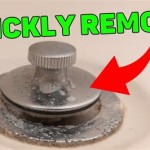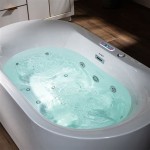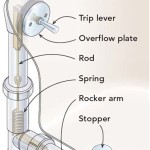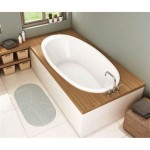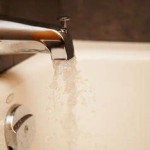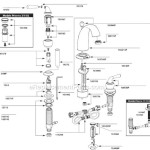Bathtub Conversion to Shower
Bathtub conversions to showers are increasingly popular home renovations, driven by factors such as accessibility, ease of maintenance, and modern bathroom aesthetics. This process involves removing an existing bathtub and replacing it with a shower enclosure, offering homeowners a practical and visually appealing alternative.
Several factors contribute to the growing preference for shower-only bathrooms. For individuals with mobility challenges, stepping over a high bathtub wall can be difficult or even dangerous. A walk-in shower eliminates this obstacle, promoting safety and independence. Showers also generally require less maintenance than bathtubs, reducing the time and effort spent on cleaning. Furthermore, a well-designed shower can significantly enhance a bathroom's modern aesthetic, increasing the overall value of the home.
Before embarking on a bathtub conversion project, careful planning and consideration of various factors are essential. Budget is a primary concern, as conversion costs can vary significantly depending on the chosen materials, labor, and the complexity of the project. Homeowners should obtain multiple quotes from reputable contractors to ensure they receive competitive pricing. The scope of the project should also be clearly defined, including details such as the type of shower enclosure, fixtures, and any additional features like seating or grab bars.
The selection of shower type plays a crucial role in the overall design and functionality of the converted space. Several options are available, each with its own advantages and disadvantages. Prefabricated shower units offer a cost-effective and relatively quick installation process. These units come in standard sizes and configurations, making them suitable for straightforward conversions. Custom-tiled showers provide greater design flexibility, allowing homeowners to personalize the space with various tile patterns, colors, and textures. However, custom tile installations typically require more time and higher labor costs.
Choosing the right shower fixtures is equally important for achieving the desired look and functionality. Showerheads come in a wide range of styles, from traditional fixed heads to handheld models with adjustable spray settings. The choice of faucets and controls should complement the overall bathroom design and offer ease of use. Consider incorporating features like thermostatic valves to ensure consistent water temperature and prevent scalding.
Accessibility features should be a priority, especially for individuals with mobility limitations or those planning to age in place. Installing grab bars strategically placed within the shower provides added support and stability. A built-in shower seat allows for comfortable showering while reducing the risk of falls. A low-threshold or curbless shower entry eliminates the need to step over a raised edge, facilitating easy access for individuals using wheelchairs or walkers.
Proper ventilation is crucial for preventing moisture buildup, which can lead to mold and mildew growth. Ensure the bathroom has adequate ventilation, preferably through an exhaust fan vented to the exterior. Consider installing a humidity sensor to automatically activate the fan when moisture levels rise.
The installation process typically involves several key steps. First, the existing bathtub is removed, including any surrounding tile or wallboard. The plumbing lines are then rerouted to accommodate the new shower fixtures. The shower pan or base is installed, followed by the walls of the shower enclosure. Finally, the fixtures, including the showerhead, faucets, and any accessories, are installed and tested.
Choosing the right contractor is crucial for a successful bathtub conversion. Research and obtain recommendations from trusted sources. Verify the contractor's licensing and insurance. Request detailed quotes outlining the scope of work, materials, and costs. A clear contract should be established before any work begins, outlining the project timeline, payment schedule, and warranty information.
Maintenance considerations are essential for preserving the longevity and appearance of the converted shower. Regular cleaning with appropriate cleaning products will prevent the buildup of soap scum, mineral deposits, and mildew. Ensure adequate ventilation to minimize moisture and prevent mold growth. Periodic inspection of caulking and grout lines is important to identify and address any potential leaks or cracks.
Bathtub to shower conversions offer numerous benefits, including improved accessibility, reduced maintenance, and enhanced aesthetics. Careful planning, selection of appropriate materials and fixtures, and hiring a qualified contractor are essential for a successful project. With proper installation and ongoing maintenance, a converted shower can provide a functional and stylish upgrade to any bathroom.

Bathtub To Shower Conversion Safe Bathroom For Seniors

Convert Shower To Bath Tub Conversion Planet

Tub To Shower Conversion Bath Remodel Ez Pro Baths

Bathtub To Shower Conversion Safe Bathroom For Seniors

Tub Conversions To Shower Conversion Bath Planet

Tub To Shower Conversion Living Baths 413 279 1202

The Pros And Cons Of Converting A Standard Tub Into Walk In Shower Naperville

Top 4 Benefits Of Tub To Shower Conversion Silverado Showers Llc

Tub To Shower Conversion Long Island Ny Bathroom Buddy

How Much Does A Tub To Shower Conversion Cost
Related Posts


